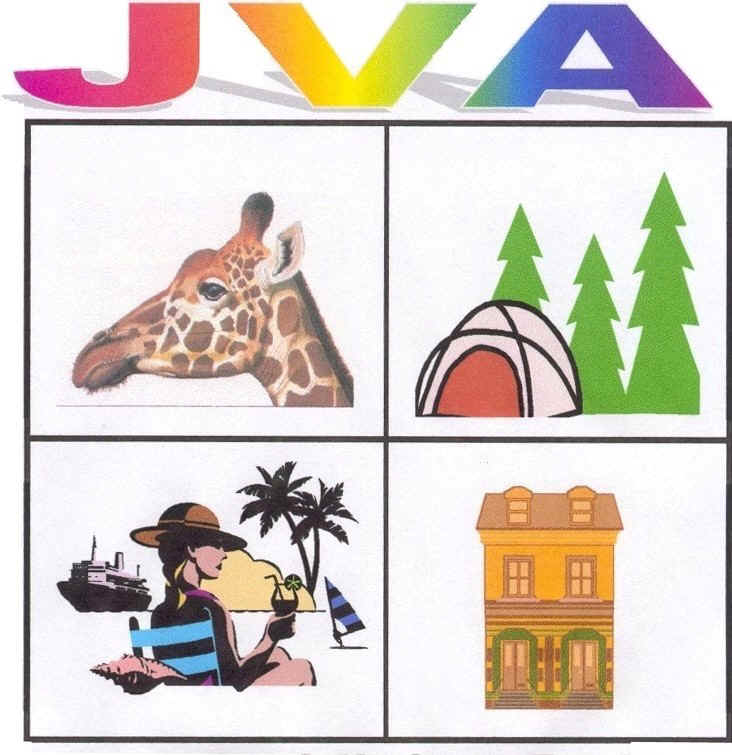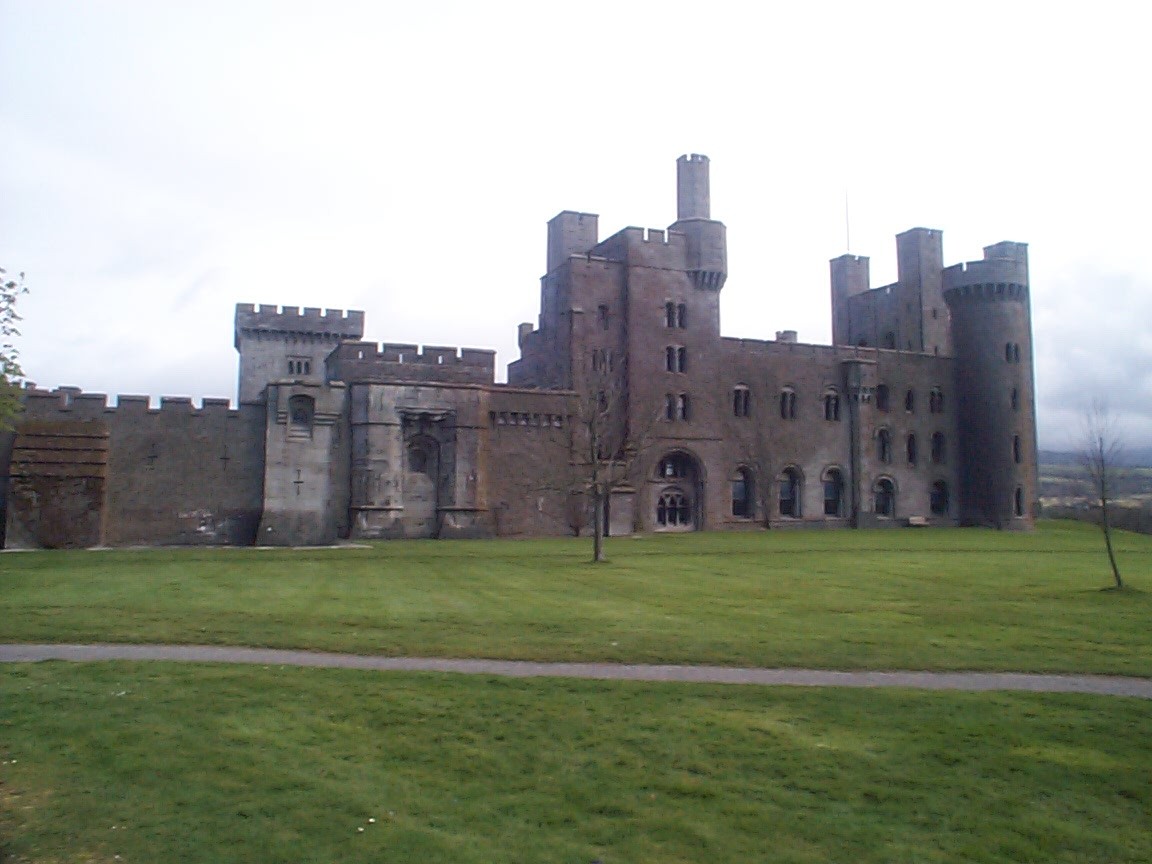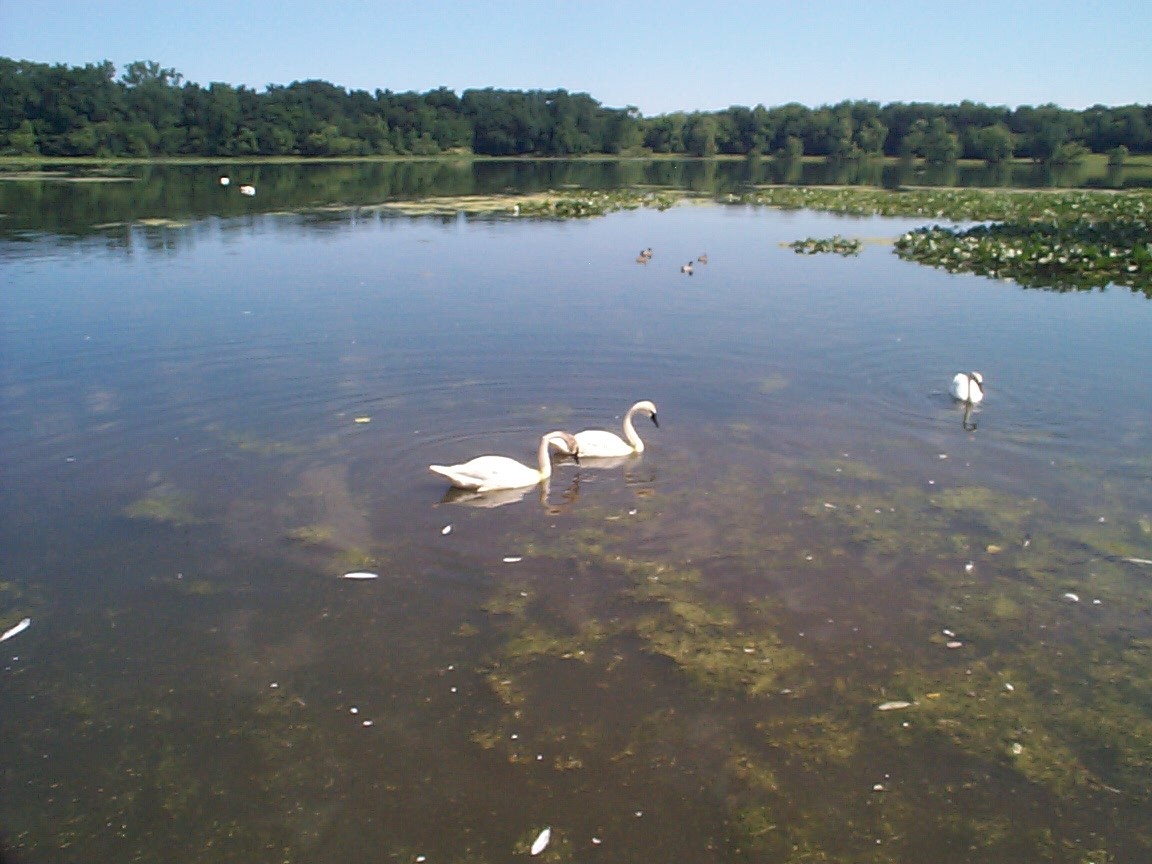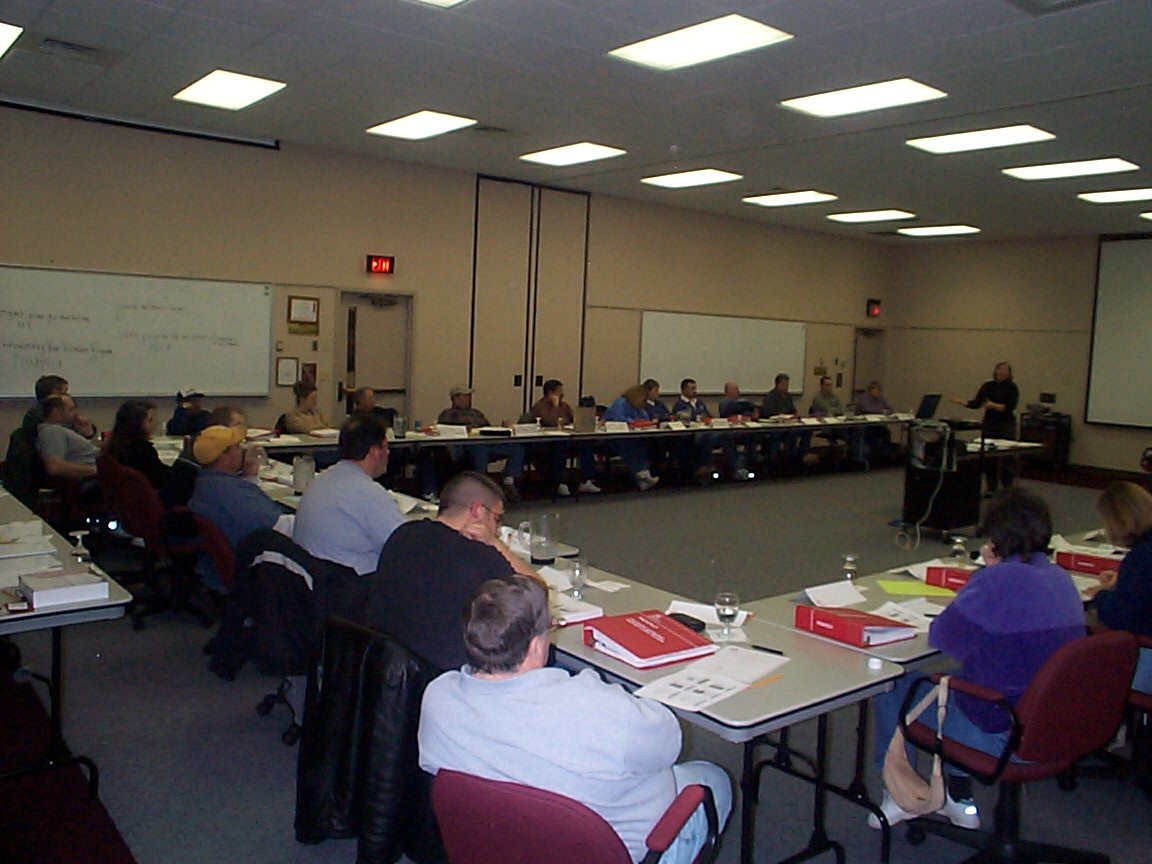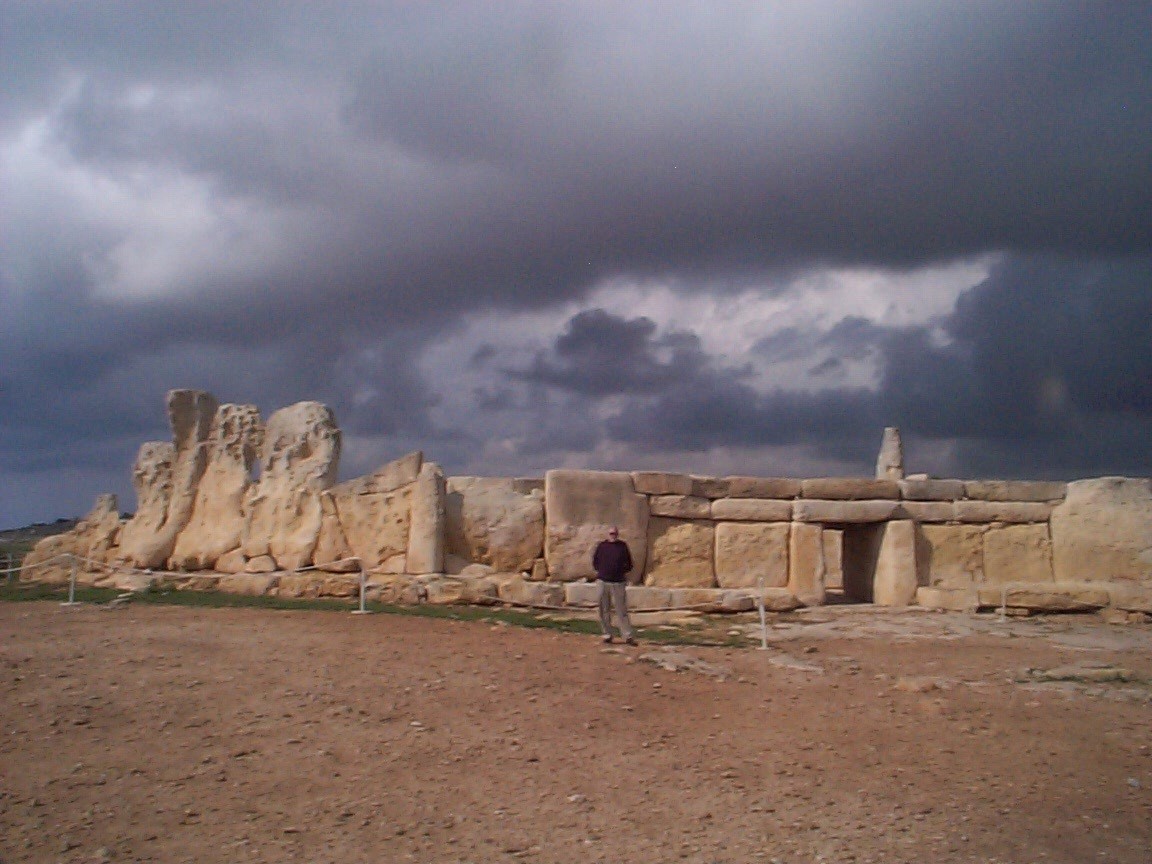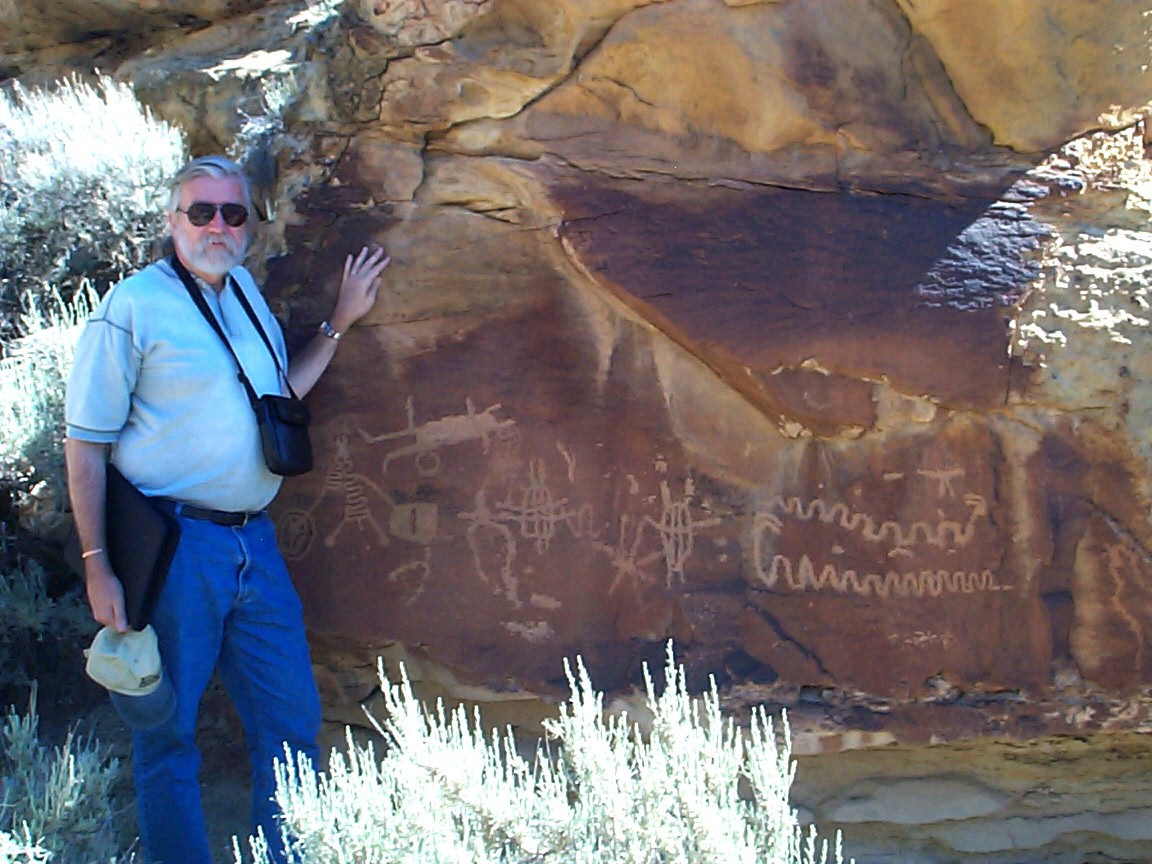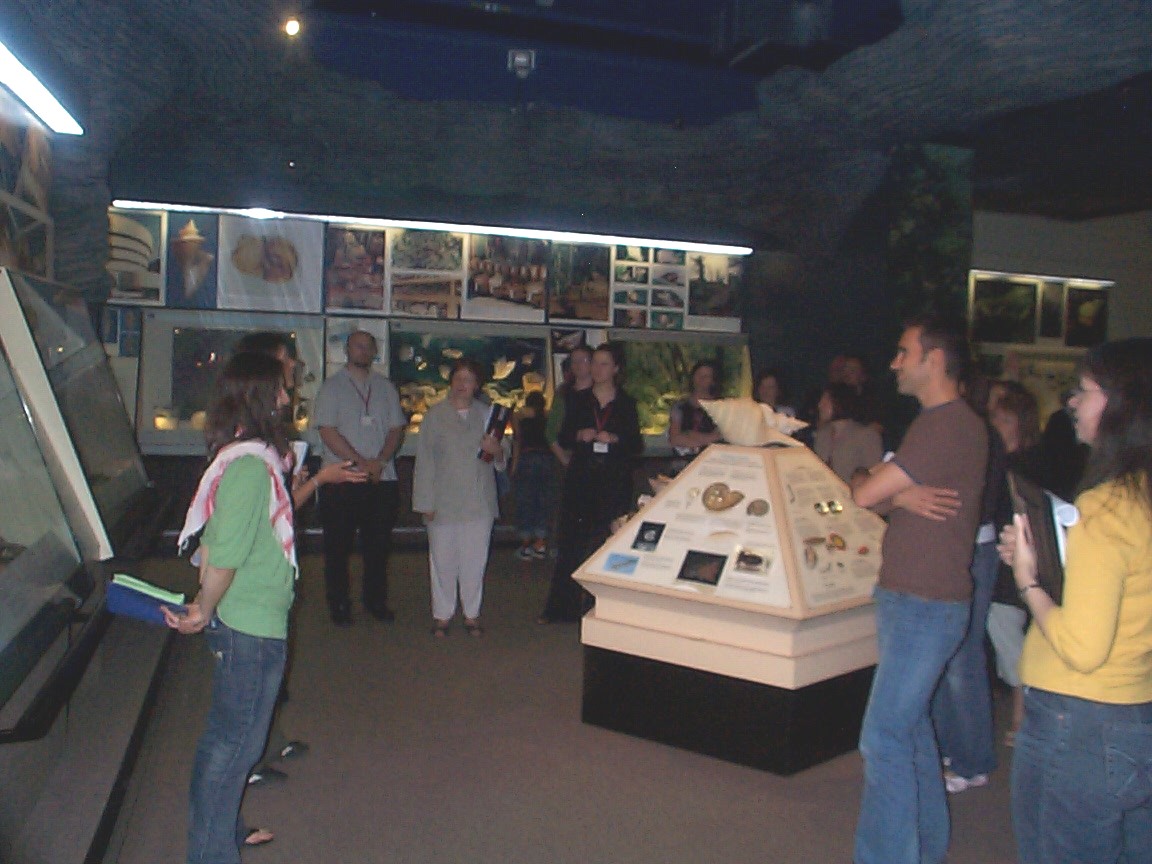|
Qualifications
2011 Projects
2010 Projects
2009 Projects
2008 Projects
2007 Projects
2006 Projects
2005 Projects
2004 Projects
2003 Projects Interpretive
Services Library Interpretive
Planning Scenic Byways Evaluation Links
Text Book
Training Video Home Page
| |
Marketing Basics for Interpretive
and Heritage Sites and Attractions –
It’s all about the visitors.
By
John A. Veverka
Without a doubt marketing is one of the most critical aspects of any heritage or
interpretive attraction operations. Marketing brings in visitors – and
gets them to come back for return visits. Successful marketing efforts = staying in
business for most heritage attractions, particularly those not totally supported by local
governments or other governmental agencies. But one of the most surprising things to me
is, given how critical a "professional" understanding of basic marketing
principals are for any heritage attraction, is the lack of understanding of what marketing
actually is and "how to do it" that exists through out the heritage tourism
industry. One example of this that I see often involves marketing brochures. During
frequent marketing courses I make the statement to the participants that they have
probably spent thousands or tens of thousands of dollars in the design, production and
distribution of marketing brochures (the kind you see at every tourist information
center), and yet they have no proof that they work! How do you know that these pieces have
made any money for you – that they actually brought in enough new visitors to
"pay for the printing and distribution costs of the piece themselves"? This
usually generates an audible "GULP" from the audience, as most heritage
attractions don’t have a clue if their marketing materials and efforts actually work
– no tracking or evaluation process. This is particularly common with medium and
smaller sized heritage attractions.
What is "marketing" anyway?
We spend our lives seeing so much of it, television, radio, web sites, etc. We are
surrounded by it. Marketing is like the word "ecology" – a nice word, but
most people have never seen an "ecology". So let’s use a working definition
of "marketing".
Marketing is the process of planning and executing the conception, pricing, promotion,
and distribution of ideas, goods, and services to create exchanges that will satisfy
individual and organizational objectives. – (From "Introduction to Marketing by
M. Cooper and C. Madden).
In simple terms, heritage tourism related marketing is "successfully"
communicating with and convincing potential visitors that you have something that they
need or will benefit from, and that you can provide a service or fill that need better
than anyone else.
And Where Is the Visitor in all of this – EVERYWHERE!
Another aspect of marketing problems is that many heritage organizations and
attractions have little or no visitor-based information to work from. They don’t know
who their markets are! Marketing is ALL about completely understanding your audience
(current, or intended). So in reality, many marketing pieces, from brochures to
advertisements in magazines, fail due to a general lack of understanding about their
intended visitors and the psychology of the visitors. Brochures often simply illustrate or
promote the wrong things. For example, a hotel or motel brochure may show nice photos of
the bedrooms or dining area, but what a visitor may really want to know is if that hotel
or motel is "near" any attractions or other services. Developing a marketing
plan followed by marketing materials such as brochures or print advertisements, requires
that we know the answers to some (all?) of the following questions about our visitors:
Existing Markets to our sites or attractions
 | Where are our visitors coming from? |
 | What are their age groups and other socio-economic backgrounds? |
 | How long does the average visit last? |
 | Is there a visitor perception that the admission fee was good value for the experience
paid for, or do they think they paid too much for to little? |
 | What did they spend money on – and how much? |
 | What were the attraction visit components (shopping, food service, interpretive
experiences, social interactions, recreation opportunities, etc.) of most importance to
the visitors? |
 | What were/are their seasonal visitation patterns and influences? |
 | Why did they decide to visit the site or attraction in the first place? |
 | What experiences or recreational learning opportunities were they looking for? |
 | Did the site/attraction meet or exceed their "expectations" of what
they would see-do-and experience here or did it "fall short" of the visitors
expectations (from marketing brochures and related advertising)? |
 | What were their best or most powerful "memories" of their visit? |
 | What reasons did we give them to return again to this attraction? |
 | What is the attractions "physical and psychological carrying capacity" and did
we exceed it? Were we too successful in attracting visitors and couldn’t give
visitors a quality experience because of too many visitors? |
 | Could our support services handle our visitor load? |
 | Was our on-site experience (the visit) as good in reality as our marketing pieces
"made it look"? |
 | Did our "customer care" plan/training pay off – did the visitor
"feel" welcome? |
So these are some of the questions that need to be asked and answered
in developing a marketing plan, and marketing materials for "current visitors"
or market groups.
Market creation – generating new market groups.
The next aspect of developing heritage tourism/attraction marketing plans and materials
is the issue of market creation. This is the answer to the question I often ask
clients - "we know who your visitors are – but who do you want your
visitors to be?" Market creation is generating new visitors or market groups
to come to your site. For example: more school groups; more local visitors or community
residents; special interest groups such as photographers, bird watchers, historical
architecture buffs, railroad buffs; more retired visitors, etc. Here are some of the
questions to be answered in developing marketing strategies and materials for these potential
visitors (market groups):
 | What specific new target markets would be interested in the stories, materials,
experiences, artifacts, etc. that our site offers? |
 | What would we promote as the BENEFITS for these new market groups to coming to our
attraction? What’s in it for them by coming to our attraction? |
 | Would these be seasonal market groups? If so, which seasons? |
 | How do we contact these new market groups (advertisements in specialty magazines or
publications, mail outs to clubs and organizations, E-Mails to specialty organizations
membership lists, etc?)? |
 | Do we have the support services in place to handle a surge in visitation (parking,
staff, food service, volunteers, etc.) if they show up? |
 | How do we design and structure our advertising materials to get the attention of, and
RELATE to these new market groups? Do our marketing materials have photos with
"people" in them? Are there photos of our intended market groups in our
marketing pieces? What are the people in our marketing piece photos doing? |
 | How will we track and evaluate the success of our market creation plan? |
 | Will we need to do some site re-design or additions for these new market groups (such as
adding "baby changing stations" in restrooms if we are trying to attract
families with very young children)? |
 | Are these new market groups "renewable" (want to come to the attraction more
than once) or are they one-time visitors only (as the market groups might be for
attractions located along interstate highways)? |
 | How have other attractions done that cater to or try to attract these same market
groups? |
You can see that there is overlap in considering these questions, as you may be
marketing to both groups (current visitors as well as trying to attract new or different
market groups) at the same time. The question arises as to "how you can do any real
marketing efforts at all without knowing the answers to most of these questions"?
This is why some existing marketing pieces can "look" great but not work. They
are giving answers to questions that your main market groups "aren’t
asking", and not answering the questions that they are asking. And no one knows this
is going on.
What should be in a Marketing Plan for Heritage Attractions?
Here is a general outline I use when developing or teaching courses in Heritage Tourism
Marketing. Feel free to add or modify this outline to suit your specific needs:
Marketing Plan Basic Outline for
Heritage Tourism Sites and Attractions
A. Objectives (what do you want this plan to accomplish?).
- Learning Objectives
- Emotional Objectives
- Behavioral Objectives
B. Product(s) Analysis (what are you selling?).
- Experiences (experience and memory mapping and analysis).
- Passive Experiences
- Active Experiences
- Psychological immersion
- Physical immersion
- The experience mix.
2. Physical products (books, trail guides, guided tours,
videos, etc.).
C. Current Market Groups (Macro and Micro) analysis. (Who are your current
visitors, where are they coming from, etc.).
- Current visitor demographics (any existing research available?).
- Seasonal visitation patterns.
- Visitor expectations and motivations for visiting your site.
- Customer care needs (handicap accessibility, food service, etc.).
- Market mix sustainability (school groups, out of country tourists, etc.).
- Visitation patterns (increase or loss) over the past 5 years.
D. Critique of current marketing/advertising strategies (do the work – how
do you know?).
- Current advertising plans and ad placements (what magazines, etc. and why).
- Current brochure and brochure distribution.
- Other advertising materials.
E. Market Income Stream.
- Cost per contact.
- Cost Effectiveness
- % of total budget from admissions and gift shop sales, etc.
F. Competition Analysis
- Other near-by like attractions or sites with similar services and experiences.
- Other attractions in your area (their visitation numbers, seasonal visitation patterns,
target market groups, etc.).
- Potential for developing partnerships (joint admission tickets, etc.?) with near-by
attractions?
G. Market Creation
- Which new market groups do you want to try to attract?
- What benefits can you offer them by visiting your site or attraction?
- What promotion or advertising strategies will you need to communicate with them and tell
them about your site and services?
- Where and how to make the most powerful first contacts.
H. Marketing Campaign
- Budget allocations based on need.
- Advertising material design and pre-testing.
- Ad placements and tracking strategy.
- Web Site Development
I. Advertising Strategy (consolidated from other sections above).
- What, when where, media selections, costs, etc.
- Ad mix designs and pre-testing.
J. Implementation of the Marketing Plan.
- Time Lines for implementation.
- Budget determinations per ad line item.
- Staffing needs.
- Contracting needs.
K. Tracking and evaluation of the ad campaign. On-going evaluation to see how the
advertising is going month by month.
1. Tracking reviews (schedule,
etc.)
2. Evaluation tools, and on-going evaluation (monthly?).
Again, this is a general "content" outline for a complete marketing plan.
Feel free to add or change this as best fits your particular needs.
New theories and concepts to be thinking about when developing your marketing plans and
strategies.
A lot of new and exciting theories and practices have emerged recently that greatly
affects how we do heritage tourism planning and marketing. Some of these new ideas and
concepts include:
 | Markets of One |
 | Mass Customization |
These concepts involve learning how to mass produce yet individually customize goods or
services, with major implications for heritage tourism planning and marketing,
particularly for large heritage areas and heritage corridors, but also for helping to plan
programs and services at museums, parks, historic sites and related attractions.
 | Experiential Marketing |
What visitors are looking for are "experiences" – this is a key concept
in developing and marketing for any heritage attraction. What experiences does your
attraction offer – how powerful are the experiences. How memorable? Marketing pieces
need illustrate the kinds of or range of experiences your site offers. Check out
the "reference" listing of this article for good books on experience marketing.
 | Memory Mapping |
When I do interpretive master planning for heritage sites and attractions I now look
for (and plan for) where the best and most powerful memories of the visit will come from
(or need to be created). Where will visitors want to have a photo taken of them standing
next to? What will they take pictures of? What do you want them talking about in the car
on their way home from visiting your site? What memories (souvenirs) enhancements will you
have available (post cards, T-shirts, videos, photo opportunities)? Why do you think
Disney goes out of their way to make sure you and your children can have photos taken with
the various Disney characters when you visit Disney World?
These are just a few of the new heritage tourism/interpretation marketing ideas that we
are now using in developing marketing plans and marketing materials.
Don’t even think of not pre-testing your marketing materials!
Finally, when you have competed your thought process and answered all of the questions
about your audience, and designed your various marketing pieces, there is only one
person(s) who you should ask to see "what they think" of them – the people
the marketing pieces were planed for. They will tell you, through pre-testing of the
materials, if they like or understand them. This evaluation process is very important
– why would you want to spend thousands of dollars on something if you have no proof
that it works? Remember:
 | Don’t ask the people who designed the marketing pieces if the brochures or ads are
"good" or will be successful (guess what the answer will be). |
 | Don’t ask your staff members if the marketing pieces are "good" or will
be successful – they have no way of knowing. |
 | Don’t ask the Board of Directors what they think (that will take forever and they
won’t know if the pieces will work either). |
The only people to ask if the marketing pieces are good, or have any chance of
generating a visit are the potential visitors the marketing pieces are intended to
generate. Ask them! Then and only then will you know for sure.
Summary
It was the goal of this short paper to give individuals involved with the marketing of
heritage tourism sites and attractions some "things to think about" when
developing a marketing plan, and particularly in developing marketing materials. The main
point is to remember that everything involving marketing is about the visitor. If your
marketing materials don’t "connect" with them, the visitors won’t show
up at your attraction. Marketing is something that requires a level of professional
understanding of it, and a deep understanding of such topic areas as:
 | The psychology of the audience. |
 | Visitor motivation and expectations. |
 | Recreational learning theory. |
 | Consumer behavior. |
 | Interpretive communications. |
 | Psychology of Interpretive Design |
 | Marketing research techniques. |
With the ultimate success of most heritage attractions centered on how that attraction
is marketed – it is well worth the investment in time and staff to do it
right the first time.
References:
Cooper, Marjorie J. and Charles Madden.1993. Introduction to Marketing. Harper
Perennial, NY.
Gilmore, James H. and B. Joseph Pine II. 1988. Markets of One. Harvard Business
Review, Boston, MA.
Gottdiener, Mark. 1997, The Theming of America. Westview Press, Boulder, CO.
O’sullivan, Ellen, and Kathy Spangler, 1998. Experience Marketing –
strategies for the new millennium. Venture Publishing, State College, PA.
Pine, Joseph B. II.1993. Mass Customization. Harvard Business School Press,
Boston, MA.
Pine, Joseph B. II and James H. Gilmore. 1999. The Experience Economy. Harvard
Business School Press, Boston, MA.
Schmitt, Bernd H. 1999. Experiential Marketing – how to get customers to
Sense-Feel-Think-Act-Relate to your company and brands. The Free Press, NY.
Veverka, John A. 1994. Interpretive Master Planning. Acorn Naturalists, CA.
Note: This article was developed as a handout for the training courses: Destination
Interpretation and Marketing: Secrets of Success taught at New York University and Marketing
Heritage Tourism & Interpretive Sites, Agencies and Attractions, taught at
Snowdonia National Park Training Center, Wales.
John Veverka, PO Box 189, Laingsburg, MI 48848 (517) 651-5441.
|
